Cultural Treasures: Visiting the Arabian Gulf
So-called black gold is not the only source of wealth for the Arabian Peninsula countries, with travellers to the region fast discovering riches of another kind
WORDS: STELLA ROSATO
The countries that share the crystalline waters of the Arabian Gulf have been, until fairly recently, busy building their sheikdoms, their kingdoms and sultanates on one commodity: oil. But all that is changing.
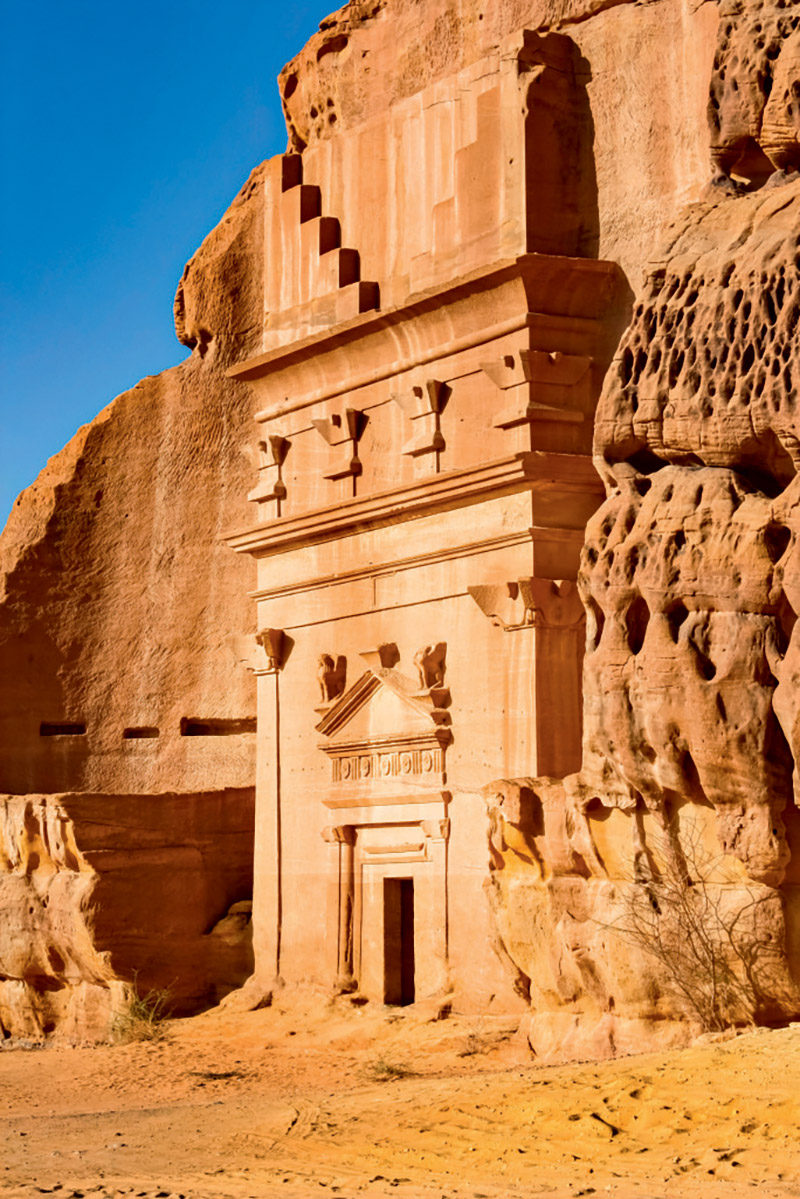
Nabatean tombs in Mada’in Sale, a Unesco World Heritage site in Saudi Arabia
Visiting the Arabian Gulf
Over the past two decades, huge investment in culture and the arts in the GCC (the group of countries that form the Gulf Cooperation Council) is drawing in big-name galleries, museums, performing arts and an altogether different style of tourist than the traditional Far East and Australasia stop-overs or winter sun seekers, resulting in an influx of people visiting the Arabian Gulf.
Way before they drilled oil from their deserts and seas, the GCC countries of the Middle East were built on ancient civilizations and traditions, philosophies and learning, and now these legacies are being championed to help create a sense of historical prestige and a cultural narrative that is the backbone of a new economy in the region.
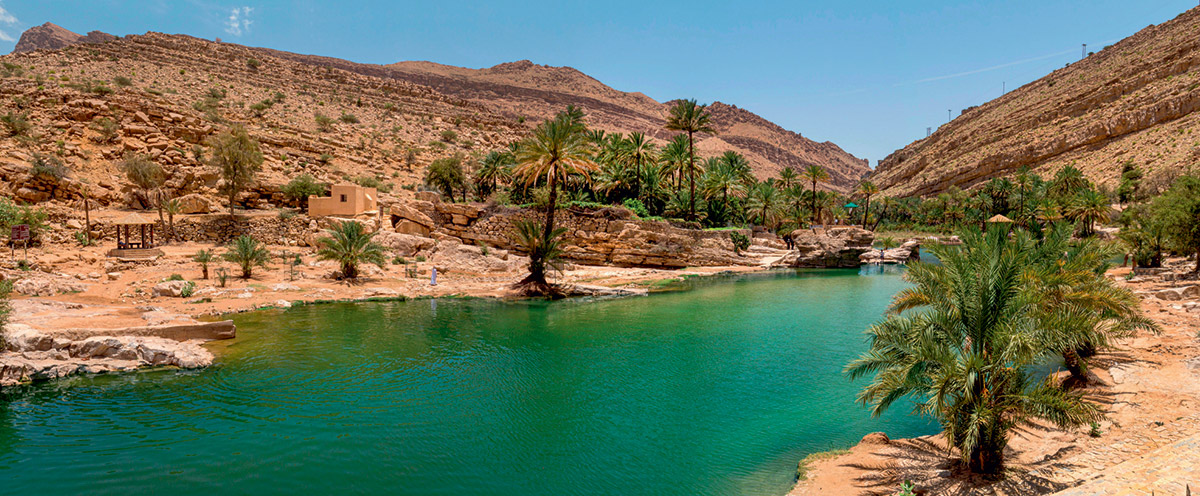
Oman has made a name for itself as a centre of classical music and opera
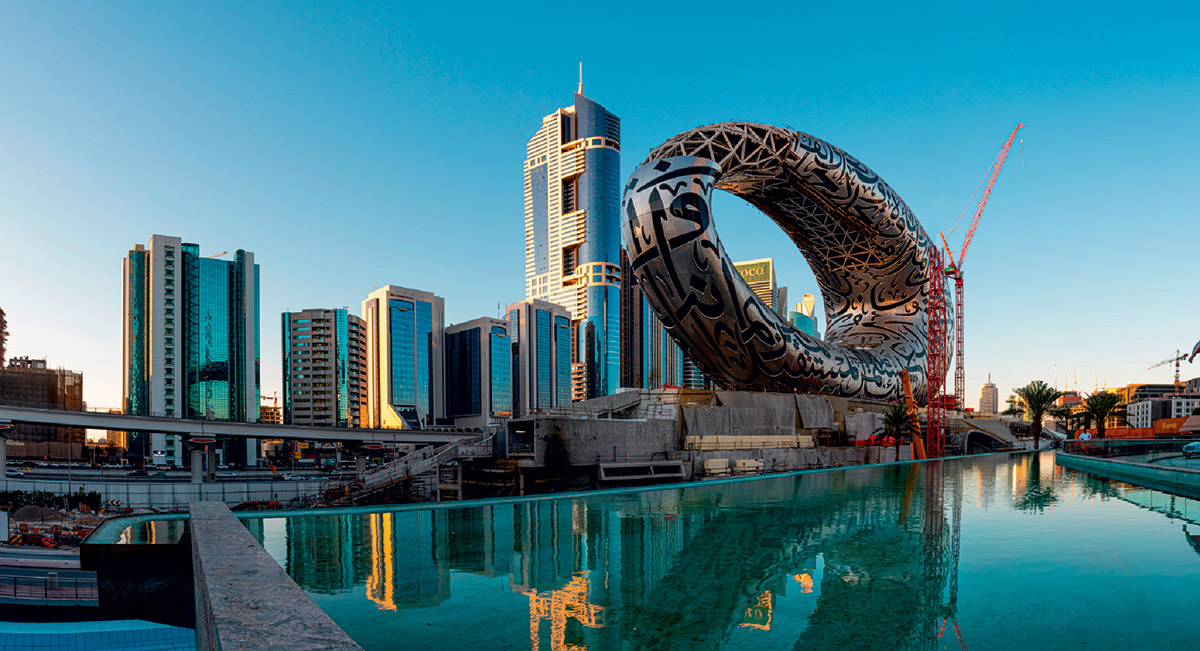
Dubai’s Museum of The Future
Visiting the United Arab Emirates
The driver of this cultural renaissance has been undoubtedly the United Arab Emirates (UAE), where a trip to Dubai Opera is now as much on the cards for tourists as a visit to the mall or the beach — and in December 2021, Dubai premiered Al Wasl, the very first bi-lingual Arabic and English opera. The Emirate’s annual Art Week only started in 2007, but is now viewed as prestigiously as Art Basel or Art Miami, while The Emirates Airline Festival of Literature, now in its 15th year, has been a catalyst for similar arts events across the region, according to its CEO and founder Isobel Abulhoul. “It puts the spotlight on the up-and coming contemporary writing [in the region], while also giving visitors insights into the rich cultural tradition of the UAE,” she acknowledges.
Also drawing visitors to the Arabian Gulf, the city’s eagerly awaited opening of ruling Sheikh Mohammed bin Rashid al Maktoum’s pet project, The Museum of the Future, took place in February 2022. Located near the city’s Financial District, the museum’s curious egg-like shape alone is a worthy talking point for commuters on the metro and highway that run close by it. Partly constructed through 3D printing, the museum’s metal façade is covered with Arabic calligraphy, penned by the sheikh himself. Once inside, visitors can learn about climate change, sustainability, medical advancements and the challenges and technologies that will shape our future, thanks to ideas and innovations incubated in the region.
The largest showcase of regional cultural offerings old and new ever witnessed took place at the Expo 2020 Dubai, drawing 24.1 million visitors from 178 countries. Billed as The Greatest Show on Earth, almost every GCC country commissioned a leading architect to design its national pavilion — as ever, each attempting to outdo the other. The Expo was a huge success and showcased real solutions to the world’s challenges with its displays of sustainable inventions.
Visiting Abu Dhabi
Some 150km down the road in the UAE’s capital Abu Dhabi, a cultural heart beats fast and true. It’s led by the Louvre Abu Dhabi, an extraordinary tour de force of architectural achievement that opened in November 2017 to great international fanfare with works loaned from its Parisian namesake and partner, as well as many regional works and artifacts. According to director Manuel Rabate: “The Louvre Abu Dhabi is the flagship of the fleet of the cultural ecosystem in the region.”
However, in the next couple of years, the Louvre may be rivalled for that crown from two other cultural icons rising from the sand next to it on Saadiyaat Island. The 44,000sq m Zayed National Museum, designed by Foster + Partners, will open in 2025 as a monument to the founding president of the UAE, Sheikh Zayed bin Sultan al Nayhan. It will showcase his life and the history and culture of the Emirates, as well as more recent social and economic triumphs. Set within a landscaped garden, in a nod to Sheikh Zayed’s love of nature and conservation, the museum’s towers are shaped like the wing tips of a falcon, another of his passions. Its opening is expected to draw crowds visiting the Arabian Gulf.
Also scheduled to open its doors in 2025, The Guggenheim Abu Dhabi museum – a Frank Gehry-designed structure of blocks and cones – has been severely delayed, but it is hoped that when it does finally open its doors, this triumvirate of world-class museums on Saadiyaat will seal the deal for the district as a go-to cultural hub.
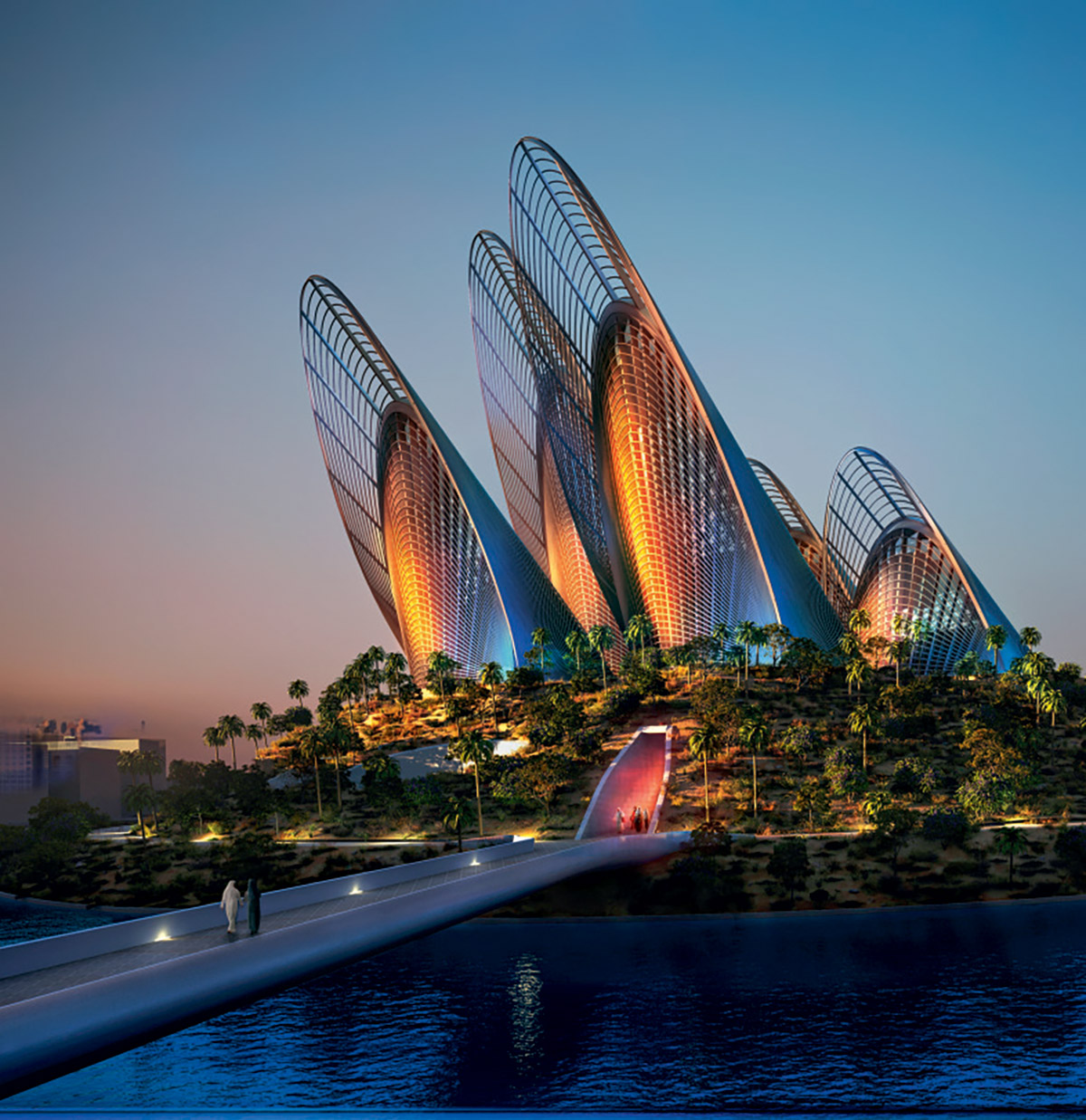
The Zayed National Museum a monument to the founding president of the UAE, Sheikh Zayed bin Sultan al Nayhan
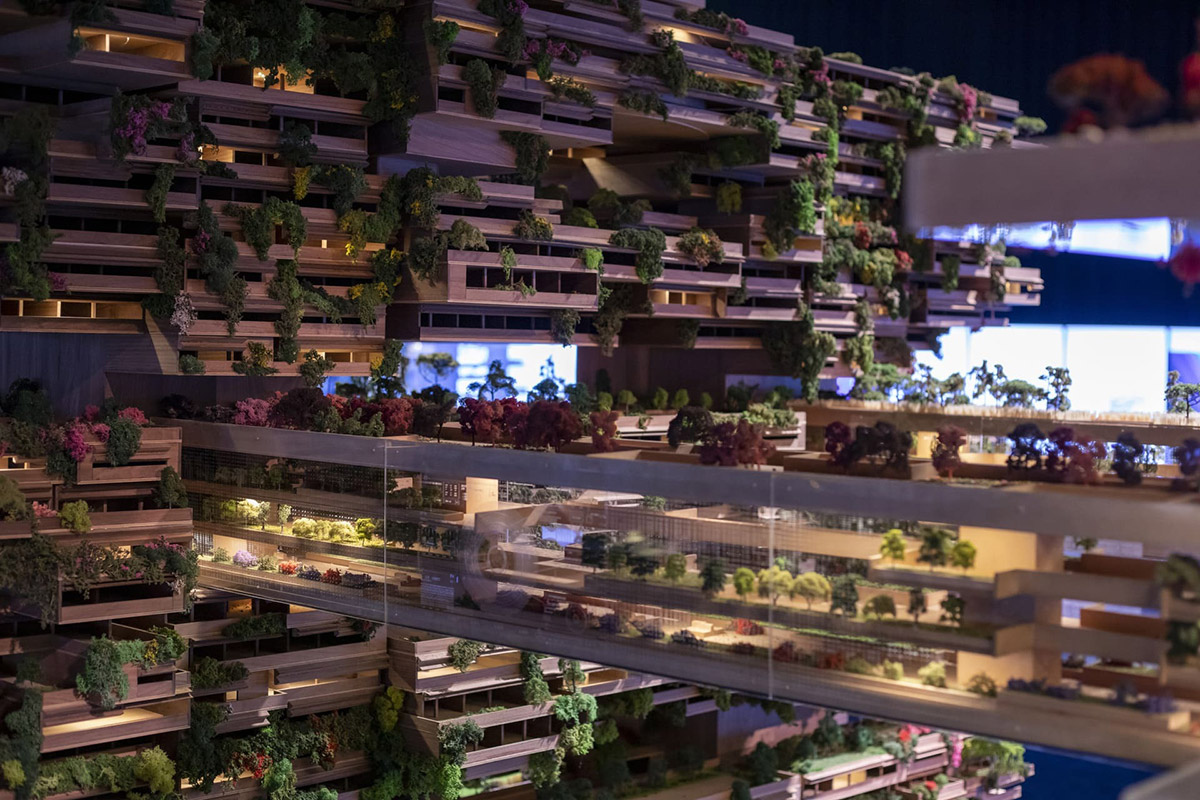
A concept of Neom’s revolutionary designs for livability
Visiting the Kingdom of Saudi Arabia (KSA) & The Future City of Neom
The UAE is well aware of a renaissance simultaneously underway a short two-hour flight away in the Kingdom of Saudi Arabia (KSA), with a drive to make the Kingdom a centre for high-brow tourism that eclipses any other. For decades, it had been notoriously difficult to get a visa to visit KSA unless you were either a religious pilgrim or invited to do business there. However, since September 2019 visitors from 49 countries around the world can now freely travel throughout the Kingdom, aside from the holy cities of Medina and Mecca. And there’s no shortage of places waiting to welcome them. Deep in the Saudi Arabian desert, a
mega project (the size of the US state of Massachusetts) is underway. It is the city of Neom and its aspirations are nothing if not stellar: robot workers, flying cars, beaches with glow-in-the-dark sand and an artificial moon have all been muted. “Neom is all about the unusual and unexpected. Neom is futuristic, risky and daring and it’s more than a dream, it’s a plan to enhance how we work and live,” according to its CEO Nadhmi Al-Nasr.
Neom plans to be home to a million people, with five million tourists visiting by 2030. On top of that, Saudi Arabia has attractions aplenty for visitors interested in culture and history. Because the country was “closed” for so long, valuable antiquity has been left undisturbed in the desert for centuries. Little has been destroyed and no less than five Unesco World Heritage sites there are now being excavated. One of the more impressive is the 2,000-year-old ancient city of Hegra.
Visiting the Arabian Gulf’s Smaller Wonders
The smaller Gulf states may not have deployed billions in pursuit of cultural fame, but they have benefited from a ripple effect. Bahrain pursues a series of art weeks in cities around the world under the auspices of Art Bahrain Across Borders. Astutely, this has helped draw international galleries to the Kingdom’s own annual art fair, which helps put local and regional artists on a global stage.
As the oldest independent country in the Gulf, Oman has championed its cultural heritage long before it was fashionable to do so and, thanks to the efforts of its late monarch Sultan Qaboos, has quietly made a name for itself as a centre of classical music and opera. Young musicians for Oman’s national symphony orchestra are proudly recruited from the Sultanate’s small villages and towns, and big hitters such as Plácido Domingo regularly appear at the world-class Royal Opera House Muscat.
The vast offerings to those visiting the Arabian Gulf are clear, and with more tourists arriving each year to marvel at them we anticipate that the wonders of the region will continue to reveal themselves.
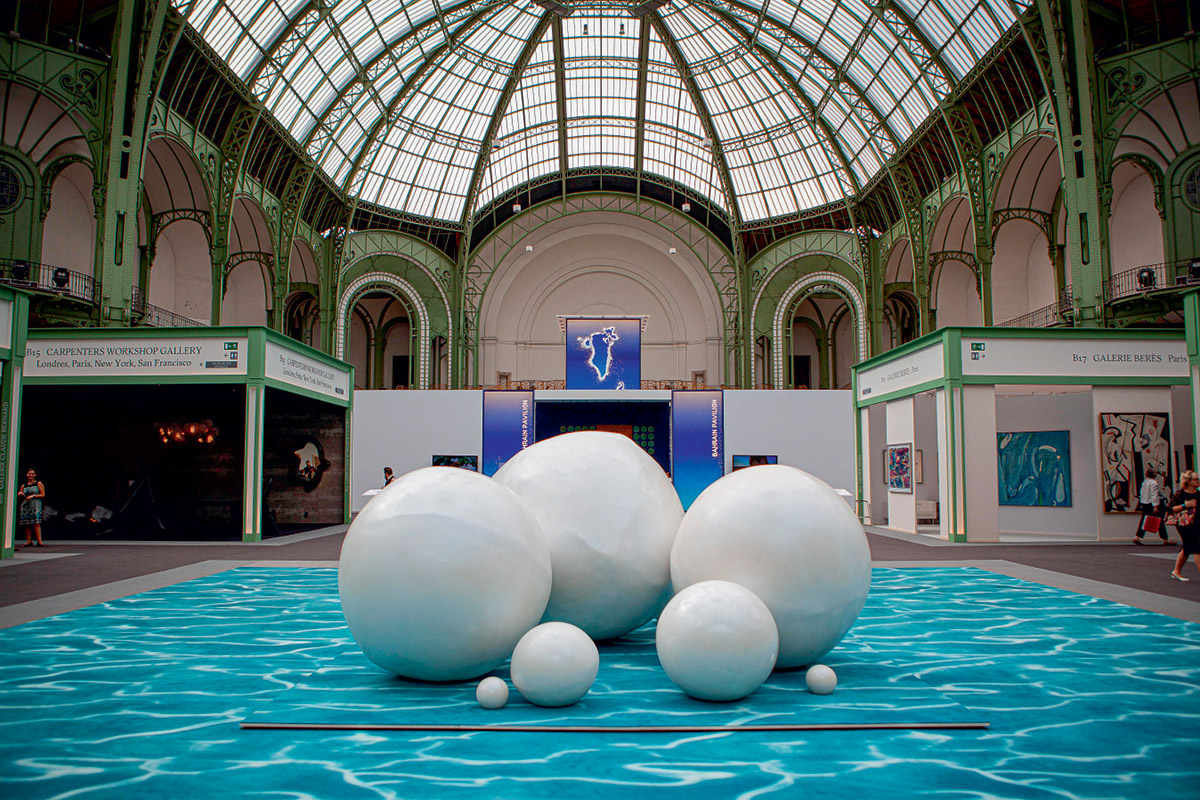
Exhibits at Art Bahrain Across Borders
Discover more wonderful places to visit or contact us to discuss support in the arrangement of your upcoming itinerary.


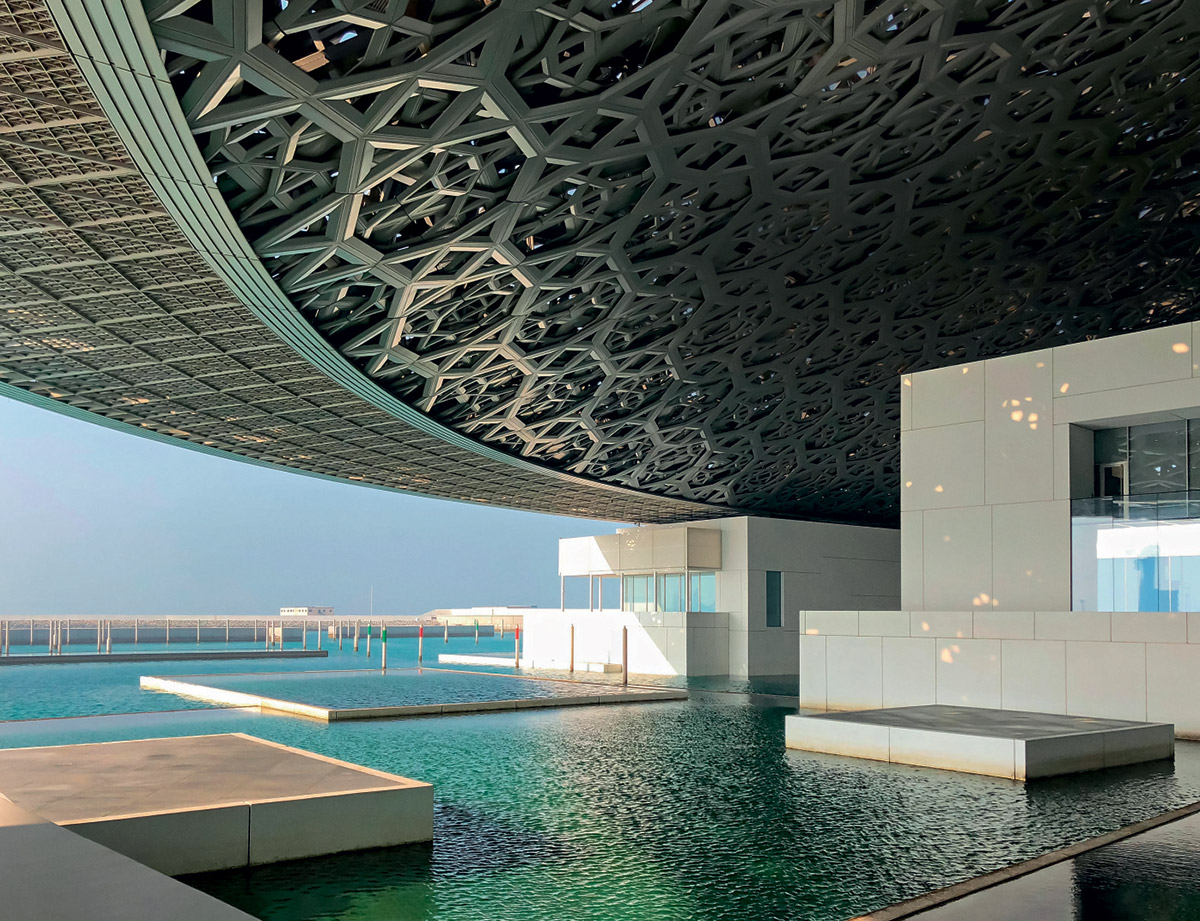
 Go back
Go back